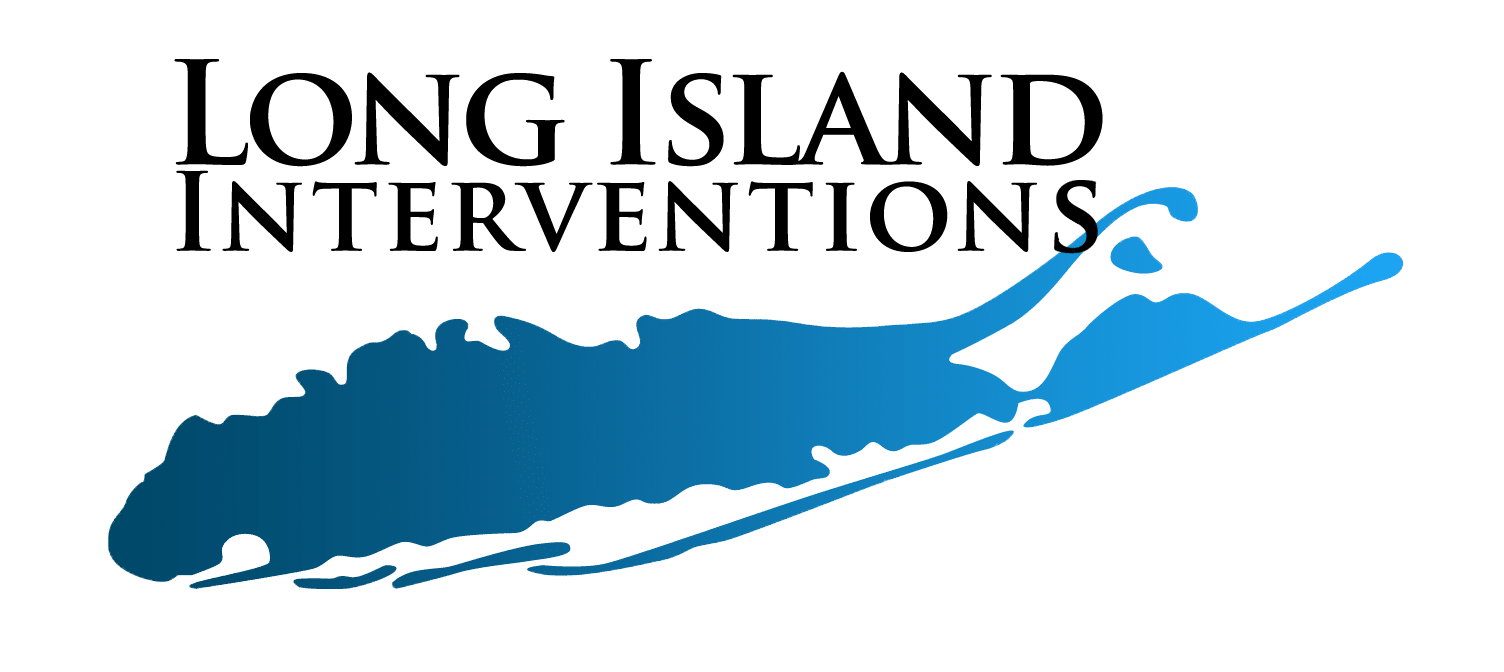
Are you looking to overcome your substance use disorder (SUD) and reclaim control over your life? Have you ever tried to quit on your own but couldn’t seem to stay sober? If the answer is yes, then inpatient rehab may be the solution you’ve been searching for.
Inpatient treatment programs are designed to provide intensive and structured care to individuals struggling with severe addiction. It offers a safe and supportive environment where patients can focus solely on their recovery without any outside distractions or triggers.
You may have heard of inpatient rehab before, but do you truly understand what it entails? In this guide, we’ll take a closer look at the concept of inpatient treatment and how it can help individuals achieve long-term sobriety.
Table of Contents
What Is Inpatient Treatment?
Also known as a residential treatment program, inpatient addiction treatment involves multifaceted, intensive rehabilitation programs to treat and manage severe substance use disorders.
In an inpatient treatment facility, patients receive 24/7 professional care, medical supervision from clinicians, and emotional support.
It’s a specialized treatment approach where patients are admitted to a controlled facility or residential treatment center until they fully recover or are qualified for outpatient treatment. Inpatient drug rehab is specifically for patients who require an intense level of therapy. This includes patients who have been diagnosed with neurological disorders such as strokes, brain injury, and orthopedic conditions.
Indoor environments vary for every inpatient treatment facility. Some inpatient rehab centers feature hospital-like or home-like settings, while others have additional amenities like pools, spas, gyms, and more. In a hospital setting, physical and speech therapy may be included in your personalized treatment plan to meet your unique needs.
The Inpatient Treatment Setup
When receiving inpatient care, patients are regarded as full-time residents of their respective programs, and they’re not permitted to leave the facility’s premises unless due to considerable circumstances.
Additionally, every treatment facility has its own set of policies, especially regarding visitation. But don’t think of getting inpatient treatment as a prison-like or an isolated setting, which is quite a common misconception.
In an inpatient setting, you interact with fellow recovering individuals, eat together, and participate in various activities or group therapies. In some facilities, you may be assigned to a partner or group and even have a roommate.
Conditions That May Require Inpatient Treatment
Inpatient treatment is most beneficial for individuals with complex needs who are at higher risk for relapse. Specifically, this level of care is ideal for the following:
- Individuals with severe substance use disorders
- Those who lack stable support systems from families and loved ones
- Individuals with dual diagnosis (patients with substance use disorder and a co-occurring mental health condition)
How Long Does Inpatient Treatment Last?
According to the American Addiction Centers, the duration of rehabilitation and treatment programs varies per program and ranges from 7 days to several years.
Short-term or 30-day programs are most common, but extended-stay programs exist for those under residential or inpatient treatment.
For extended inpatient treatment, patients stay in the facility and receive treatment from healthcare providers for 90 days up to several years.
Factors That Influence Inpatient Treatment Longevity
Here are the factors that impact the length of stay for individuals receiving inpatient care:
1. Affordability of Treatment
Did you know that there are over 20 million Americans in need of treatment for substance use disorder but only 10% get the treatment they need? It’s because affordability is a prominent player in acquiring treatment, especially for mental disorders like SUD.
Treatment can be costly, especially with a specialized treatment approach in longer durations. According to the American Psychological Association, the decline in acquiring treatment is because many Americans can’t afford it.
At the same time, the availability of insurance coverage is an issue, so some individuals are left with no choice but to terminate their treatment at some point prematurely.
2. Level Of Care Needed
The intensity and level of care vary for every individual with SUD, especially for those with severe substance use disorders, pregnant women, elderly patients, and those suffering from diseases like AIDS.
For such cases, a more intensive, individualized care plan with a focus on medication-assisted treatment, symptom management, and relapse prevention is more applicable. That way, the longevity of treatment is adjusted to align with the treatment goals.
In fact, the National Institute of Health recommends that individuals with severe SUD should stay engaged in the treatment process for at least one year.
3. Substance Abuse And Treatment History
The individual’s substance abuse history and the status of their previous treatment attempts provide care professionals insights into the underlying causes and the potential challenges they may encounter during the treatment course, significantly affecting its duration.
4. Coexisting Medical Conditions
Many individuals have mental conditions and other health issues that exacerbate substance misuse. For such cases, long-term treatment is most applicable.
It’s because care plans involve programs that target multiple aspects of the patient’s well-being, aiming to address these underlying conditions.
Without management of co-occurring medical conditions, individuals are more prone to relapses and may experience other complications during their treatment journey.
5. Sobriety And Treatment Progress
The individual’s sobriety and response to the treatment can either speed up or delay the rehabilitation process.
However, measuring recovery isn’t that easy; just because the individual has been sober for quite some time doesn’t mean that the treatment process is successful.
That’s why there are parameters in measuring addiction recovery covering mental, physical, and psychological aspects.
The Goals and Effectiveness of Inpatient Treatment
As a form of specialized substance abuse treatment program, the end goal of inpatient or residential treatment is a successful and long-term recovery that goes beyond sobriety, where individuals also improve their overall quality of life.
The American Psychiatric Association highlights the three generalized goals common for all specialized treatment programs:
- Achieving a substance-free life or reducing substance abuse
- Preventing or reducing the frequency and severity of relapse
- Maximizing multiple aspects of life functioning
Moreover, the organization states that total abstinence strongly suggests a favorable long-term prognosis.
How Effective Is Inpatient Treatment?
SAMHSA’s (Substance Abuse and Mental Health Services Administration) Treatment Improvement Protocol suggests that the treatment is effective and that the majority of individuals with substance use disorder stop compulsive substance use and have less frequent and intense relapses with treatment.
Additionally, the most positive effects are seen in individuals actively participating in the treatment. Despite that, a good predictor of continuous success is sustained post-treatment abstinence.
A study also suggests that individuals who remain in treatment for longer durations are more likely to achieve maximum results. Treatment of at least three months or more is a good indicator of successful outcomes.
However, inpatient programs have variable approaches, and treatment isn’t one-size-fits-all, so the effectiveness of a program isn’t always predictable.
The Pros and Cons Of Inpatient Treatment
Receiving treatment in an inpatient treatment facility offers the following advantages:
- Ideal for individuals with insufficient motivation or support from loved ones.
- It is an excellent alternative for those with severe SUD who don’t meet the criteria for inpatient hospitalization.
- Tailors treatment plans based on the unique needs or circumstances of patients.
- With a high success rate due to fewer chances of temptation or relapse—thanks to the substance-free and secure environment.
- They are becoming part of a supportive community.
Despite its enticing benefits, inpatient treatment may have some downsides, like expensive costs and having to make arrangements with work and other commitments.
Components of Inpatient Treatment
Inpatient treatment programs integrate a combination of methods from these three treatment models: medical, psychological, and sociocultural models.
First, the medical model focuses on the biological, genetic, and physiological roots of drug addiction. It utilizes pharmacotherapy or medication to manage and relieve symptoms and behavioral changes.
On the other hand, the psychological model targets the individual’s emotional dysfunction and behavioral pattern, which influences substance abuse. This treatment approach is administered by mental health experts through psychotherapy and behavioral therapy, among others.
Lastly, the sociocultural model focuses on involving recovering individuals in socialization processes, such as in the form of supportive social networks, fellowships, and other group activities.
The Different Methods and Therapies Utilized for Inpatient Treatment
Aside from detoxification, a combination of the following treatment methods and therapies are often utilized for inpatient rehabilitation:
1. Medications or Pharmacotherapy
Inpatient rehab programs often include medical detox as the first step to get rid of the substance from the patient’s system. Clinicians supervise medicine administration to manage withdrawal symptoms, reduce cravings, or treat comorbid psychiatric conditions. Pharmacotherapies commonly involve the following forms of medications:
- Medications for withdrawal management (e.g., benzodiazepines)
- Agonists substitute drugs as replacement of illicit drugs (e.g., methadone and levo-alpha-acetyl-methadol (LAAM)
- Medications to block the euphoric effects of alcohol abuse and other illicit substances (e.g., disulfiram)
- Drug therapies for coexisting psychiatric disorders like depression, bipolar disorder, and schizophrenia (e.g., lithium, mood stabilizers, neuroleptics, and antidepressants.
2. Psychosocial Interventions or Therapies
Also known as talk therapy, this form of treatment utilizes a supportive-expressive approach where the clinician encourages patients to navigate through their struggles in interpersonal functioning and other life problems.
That way, they help patients address challenging patterns in their relationships, reduce substance abuse, and recognize patterns to keep patients engaged in the program.
This therapy occurs in several forms, such as marital, familial, and individual or group therapy. Family therapy sessions help family members better understand the patient’s needs and participate in the healing process. Group therapy is more common and offers patients the advantage of experiencing closeness and empathy among fellow recovering individuals.
3. Behavioral Therapies
This treatment focuses on the individual’s thought processes and belief systems influencing their actions. Here are three standard methods of behavioral therapy:
Dialectical Behavioral Therapy
According to the Cleveland Clinic, this form of therapy is proven effective for managing SUDs. Dialectical behavioral therapy aims to help patients understand the impact of their mindset on their behavior and emotions.
It also aims to help patients recognize and accept the challenges they face as recovering individuals and promote healthy skills to improve emotion regulation.
Cognitive-Behavioral Therapy
The clinician enforces strategies to change the cognitive processes influencing the individual’s maladaptive behavior. At the same time, this treatment promotes skills and behaviors to help individuals maintain abstinence.
Examples of strategies are stress management training, goal-setting, self-monitoring, and learning new coping skills.
Relapse Prevention
The crucial step to this psychosocial treatment method is to help patients recognize stressors (situations or emotional triggers) that lead to substance misuse, as well as accept their shortcomings throughout the recovery process.
The therapist also guides patients in learning coping mechanisms to handle such triggers.
Contingency Management
Contingency management utilizes rewards and punishments (collectively known as contingencies) to reinforce positive behavioral change. The therapist usually predetermines the contingencies with the patient’s agreement.
4. Holistic Addiction Treatment
Holistic addiction treatment involves non-medical or psychotherapeutic activities in the forms of nutrition, art therapy, fitness programs, and meditation practices.
This method aims to spark creativity or support the individual’s physical, mental, emotional, and spiritual well-being to aid recovery.
5. LGBT Addiction Treatment
This treatment approach acknowledges the unique challenges and circumstances the LGBT community faces, and your partners at Long Island Interventions are all about promoting a safe and inclusive environment regardless of gender.
Apart from focusing on pharmacologic and psychosocial therapies, the LGBT addiction treatment also aims to tackle topics in navigating community relationships, dealing with stigma, and creating a support network for the community.
6. Dual Diagnosis Treatment
Did you know that 29% of mentally ill individuals abuse alcohol and drugs, too? Individuals with dual diagnosis are given a more extensive treatment plan to address both SUD and coexisting psychiatric disorders.
This approach recognizes that both SUD and mental health problems go hand in hand, and effectively treating both increases an individual’s chance for quick and sustained recovery. Dual diagnosis treatment usually involves a combination of medication, therapies, and support group systems.
7. Intensive Outpatient Programs
Individuals under inpatient treatment may transition to intensive outpatient programs if they show significant improvement or have a support system but still need a structured treatment plan to sustain their recovery.
Intensive outpatient programs may include a full range of inpatient rehabilitation services that are less frequent and more flexible (require at least three to eight hours a day).
What We Offer at Long Island Interventions
At Long Island Interventions, we are an accredited and trustworthy inpatient rehabilitation facility providing a safe and supportive environment for individuals to focus solely on their recovery, free from the temptations and distractions from the outside world.
We value our patients’ privacy and vow to keep their identities confidential at all costs. Plus, we offer a range of evidence-based therapies, counseling, and holistic approaches, including:
- 12-step treatment program
- Christian-based rehabs
- Evening IOP programs
- Intensive outpatient treatment
- Partial hospitalization
- Residential treatment
- Outpatient treatment program
- Long-term drug and alcohol rehab
We also provide clients with comprehensive aftercare support to ensure they have the right tools and resources to maintain long-term sobriety.
Summary
Inpatient treatment, also known as residential treatment, offers a tailored rehabilitation program specifically designed for individuals with severe Substance Use Disorder (SUD) and those with pre-existing medical conditions.
At Long Island Intervention Rehabilitation Center, we provide comprehensive inpatient rehabilitation care for individuals struggling with addiction. We provide a structured and comprehensive approach that combines various modalities such as pharmacological, behavioral health, and psychosocial techniques designed to promote lasting wellness and recovery. This holistic approach not only helps manage symptoms of alcohol and drug abuse but also addresses comorbid psychiatric conditions.
If you or a loved one is struggling with alcohol addiction, consider Long Island Interventions as your recovery center. Our entire care team of therapists, psychiatrists, and nurses collaborate closely with each patient to create personalized treatment plans tailored to their unique needs. Contact us today to learn more about our inpatient drug and alcohol addiction treatment program. Let us be your partner as you take the first step towards a life filled with health and happiness!
Inpatient rehab is not directly offered by Long Island Interventions. However, we do recognize that this type of addiction treatment is often necessary and vital to one’s long-term recovery from substance abuse. If you or a loved one require any services that we do not offer, we would be glad to refer you to one of our trusted affiliate providers and treatment facilities.

